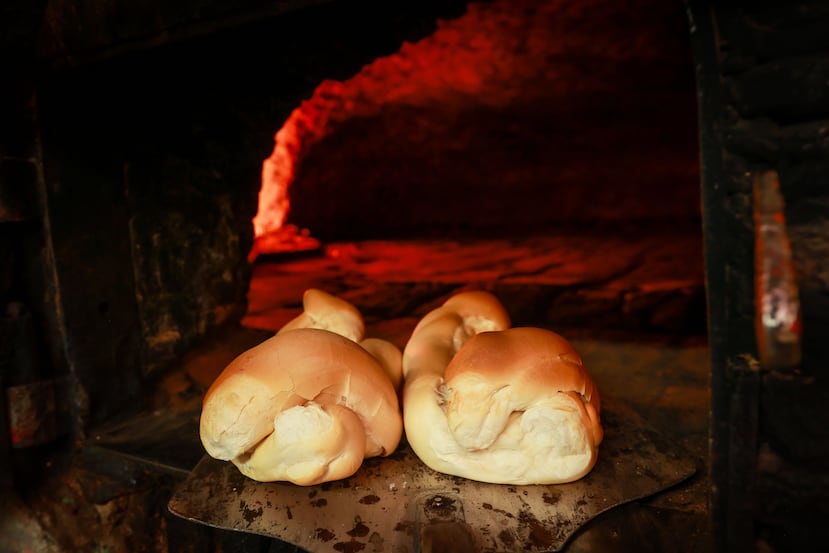
We are part of The Trust Project
Panadería La Patria in Morovis and their Famous “Pan de la Patita Echá”
The bakery created this secret Spanish recipe in 1862
Archival note
This content was published more than 11 months ago.
April 17, 2024 - 11:00 PM


Lee la historia en español aquí.
Las noticias explicadas de forma sencilla y directa para entender lo más importante del día.


Te invitamos a descargar cualquiera de estos navegadores para ver nuestras noticias: